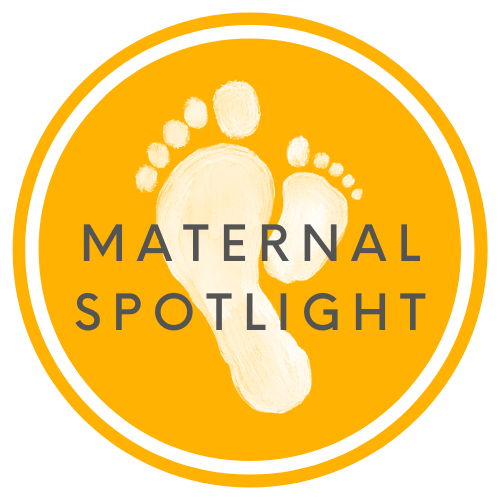The Radiologist Will See You Now
“Imaging has not been fully utilized as an aid to diagnose maternal health conditions.”
As a radiologist, I have witnessed the technological advancement in my field and the exponential growth of imaging exams performed in the United States for diagnosis of a wide variety of medical conditions. Despite these trends, imaging has not been fully utilized as an aid to diagnose maternal health conditions, such as pregnancy, peripartum, and most importantly early / delayed postpartum complications. This became even more clear to me after becoming a mother and watching my own body experience what I generally refer to as my “post-baby effects.”
There are many types of postpartum effects ranging from simply “inconvenient” to severe. For example, secondary postpartum hemorrhage, which is when bleeding begins more than 24 hours after delivery, can cause significant suffering and result in death. It is less common than primary postpartum hemorrhage, and is usually as a result of what we refer to as retained products of conception (RPOC), vascular anomaly, C-section related vascular and urinary injury (which is more common in emergent settings). Imaging techniques such as ultrasound, contrast enhanced CT and MRI are important aids in making the proper diagnosis. Interventional radiology also plays a vital role in noninvasive vascular intervention to stop life-threatening hemorrhages. These modalities have been made more available in recent years, however, it is still sorely underutilized.
Meanwhile, the percentage of women who do not recover from other types of child-birth related injuries is not insignificant. It has been estimated that up to 15% of women do not heal from pelvic injuries such as muscle tears, edema, and fractures. And whether it’s a C-section or a vaginal birth, the pelvic floor will be affected to varying degrees resulting in laxity, chronic pain, and incontinence.
There is a wide gamut of physiologic changes and injuries that occur during pregnancy and childbirth. However, when the mother experiences abdominal or pelvic pain, one naturally assumes that it's attributed to the developing uterus. Mothers willingly and expectedly take a back-seat in terms of treating their own symptoms for the sake of a successful pregnancy, uneventful delivery, and joyful first few months with her newborns.
So why is radiology underutilized in the care of maternal health? Education, care coordination, and access to care.
First, radiologists are not commonly trained to think about the application of imaging as it applies directly to maternal care. In my more than 10 years of radiology training/practice, I’ve observed that most of the "pregnancy related" multimodality imaging was centered around the fetus, and secondarily on the pregnant mother. We are trained to evaluate the fetus throughout the trimesters for proper growth and development. One rarely encounters an imaging exam for the mother unless they present with pathologic symptoms. Even then, our society is reluctant to image a pregnant mother or nursing mother due to the potential risks of ionizing radiation and administration of intravenous contrast. The degree of risks however are difficult to accurately assess, and there has yet to be compelling longitudinal study regarding this issue to date.
Secondly, there is a fundamental lack of physician awareness (radiologists and referring clinicians alike) of what type of imaging exams are available and appropriate. When imaging studies are needed, we as radiologists are not provided pertinent peripartum/postpartum history when it comes to proper interpretation of an imaging exam. For example, if a mother has an abdominal wall dehiscence/hernia, I might deduce that there is a hernia but would not know she had recently given birth (thereby likely causing said finding). I believe that diagnosing postpartum injuries most certainly requires a coordinated team approach for it to be efficient and effective in helping mothers heal and reduce the risk of further injury or even death. This coordination continues to be lacking, although I’m hopeful that improved medical record system across hospital enterprises will help bridge this wide gap.
Lastly, suboptimal access to care, especially to advanced imaging, continues to be a pervasive issue in parts of the country. The limited access maybe due to location, lack of health insurance, or factors related to family dynamics or religious beliefs. This compounding with the inadequate understanding of imaging techniques available, continue to have radiology take a back seat in improving maternal health.
The limited statistics compiled in recent years about the under-diagnosis of maternal complications have hinted that maybe we have not been looking at this through the right angle as mothers, women, and clinicians.
As a radiologist and a mother, I am increasingly pondering the question: how can we utilize the full scope of imaging tools at our disposal to help identify pregnancy related and postpartum complications, which can be hematologic, neurologic, musculoskeletal and cardiovascular in nature? As we seek to improve maternal mortality and morbidity in the United States, this becomes one of the most relevant questions in radiology, and it is an important one for both trainees and experienced radiologists to explore. If we can improve utilization of existing diagnostic capabilities to identify potential complications or existing injuries, it can significantly improve the odds that mothers can survive and thrive.



